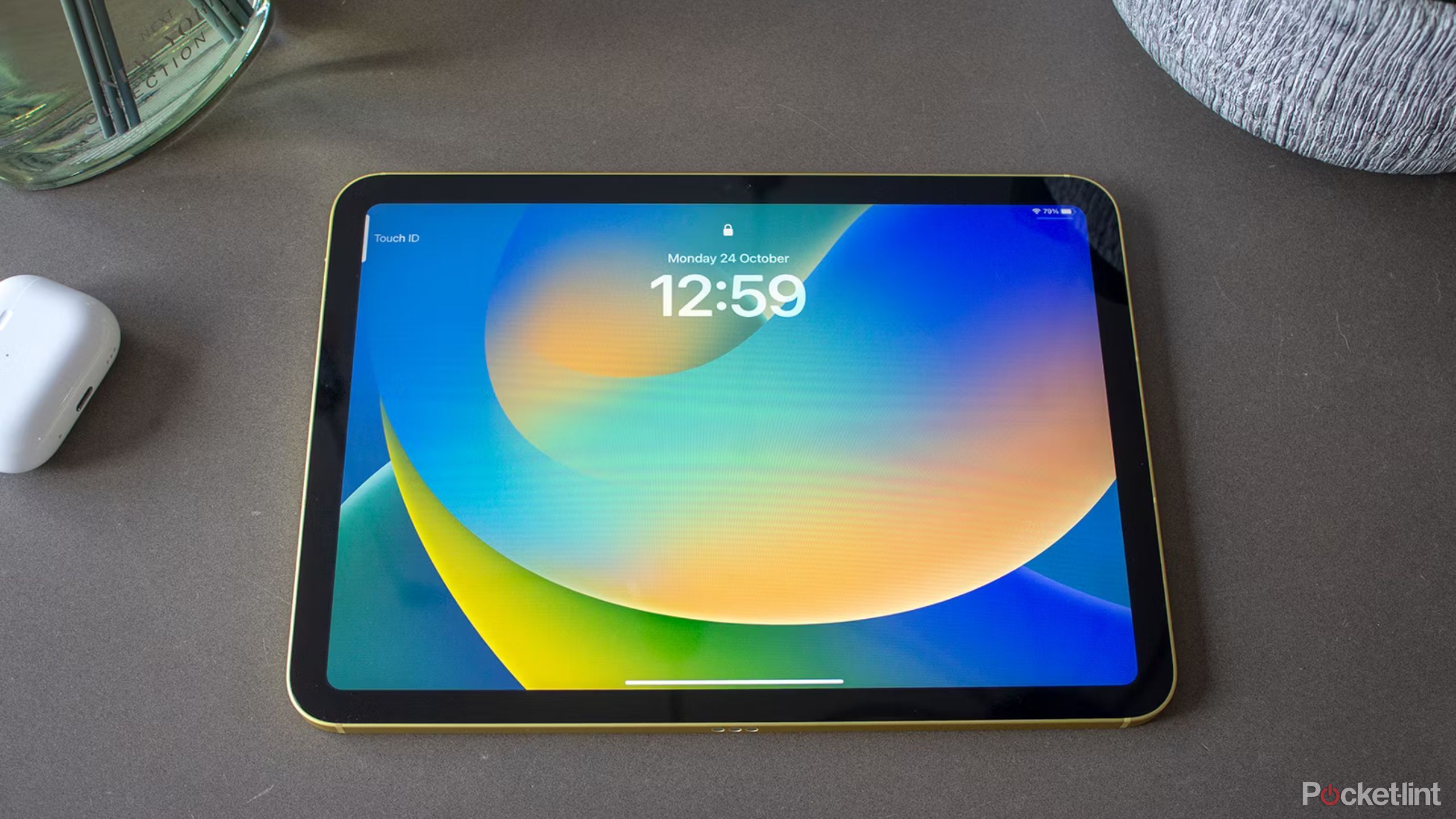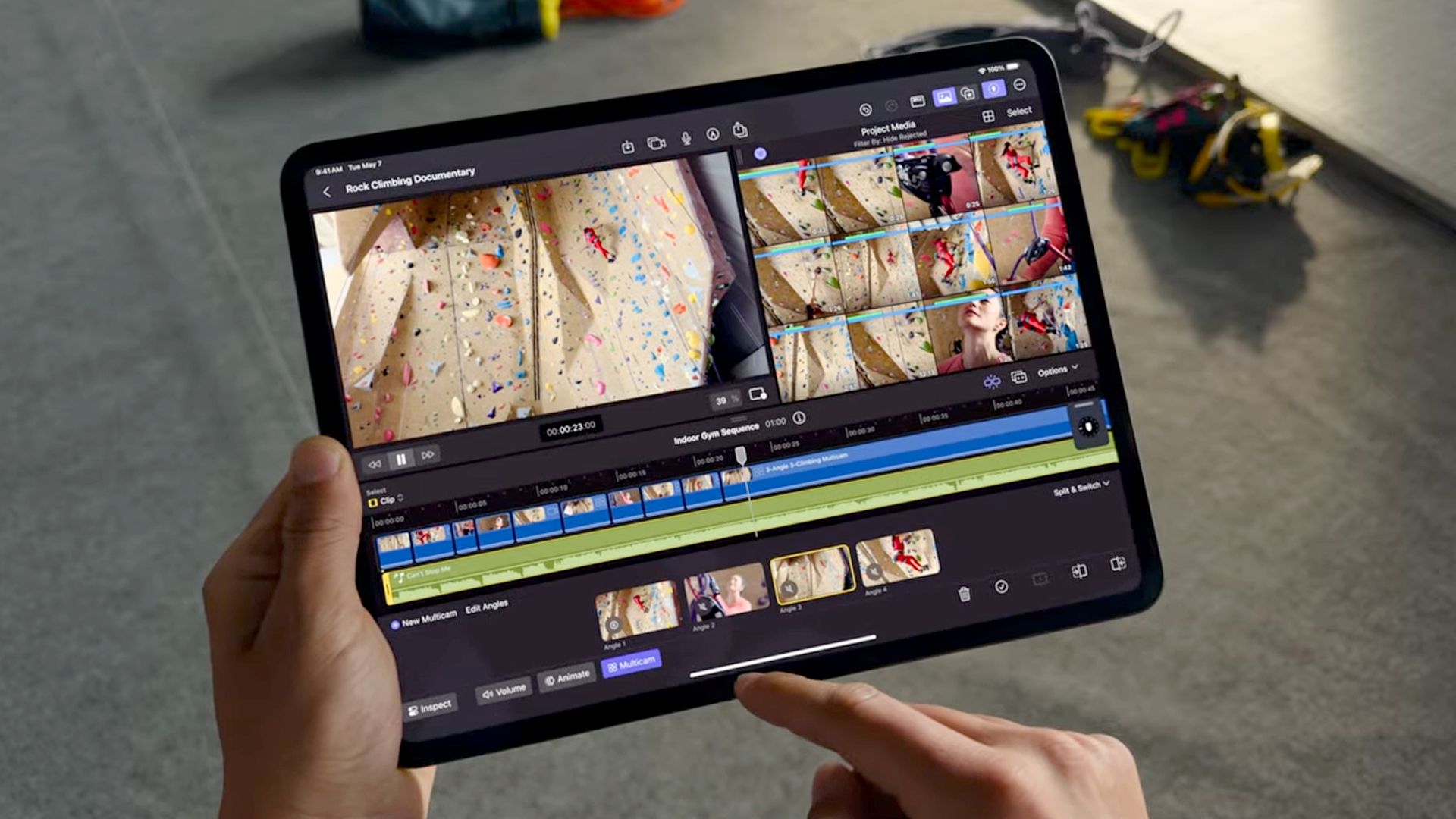Key Takeaways
- For basic use, expect to pay at least $499 for a 10th generation iPad.
- The sweet spot is probably a $599 iPad Air.
- An iPad Pro is normally excessive, so you shouldn’t drop more than $999 unless you have tough demands.
Apple’s iPad lineup is little out of hand these days. In 2010, there was just one model — your only options were how much storage you’d get and whether you’d have 3G cellular. Towards the end of 2024, we not only have the base iPad but the iPad Air, iPad mini, and iPad Pro, some of which have different size options on top of their storage and cellular configurations. On a Pro, you can pick what kind of glass covers the display.
All of this may be bewildering if you have a limited budget but want a tablet that’ll get the job done. So how much money do you need to spend to get a good iPad, really?
Related
The iPad advantage: What can you do with Apple’s tablet?
Is an Apple tablet what you’re looking for? Here’s a breakdown of what an iPad is capable of and if it’s the right choice for you.
 The bare minimum
The bare minimum

iPad 10th generation
$349 $449 Save $100
The 10th generation iPad comes with some sleek new features, bringing it closer in line to the Air and Pro models. It includes a 2360 x 1640 pixel resolution Liquid Retina display and an A14 Bionic processor for smooth, powerful performance.
How much you should spend depends on your purpose. If all you’re interested in is reading, web browsing, social media, and video streaming, the 10th generation iPad will do — but I recommend skipping the cheapest configuration, which is $349. That’s limited to 64GB of storage, which is frankly unacceptable on a modern tablet without an SD card slot. iPadOS by itself occupies several gigabytes, never mind any apps, books, music, or video you’d like to download.
Realistically then, expect to spend at least $499, which will get you a 256GB Wi-Fi-only iPad. For the casual uses mentioned above, you don’t need cellular, an Apple Pencil, or even an external keyboard. You’ll want some sort of stylus if you’re an illustrator of course, and it’d be hell trying to complete school or work projects without a keyboard. Cellular is rarely useful — if you’ve got a smartphone, you can use it as a Wi-Fi hotspot.
A better experience

Apple iPad Air 11-inch (M2)
Apple’s mid-range iPad Air offers a great balance between the base-level iPad and the iPad Pro. It features a powerful M2 chip, a sleek design, and overall, impressive specs.
The sweet spot for a lot of people will be an 11-inch, 128GB, Wi-Fi-only version of the iPad Air, priced at $599. Whereas the 10th gen iPad uses an outdated A14 processor, the Air steps up to the M2. That still isn’t Apple’s latest, but it’s a MacBook-level chip that’s far better for tasks like video editing and 3D gaming. You’ll be able to run any app available for iPads, and probably smoothly at that.
The M2 is the main reason we’d suggest an Air as the entry for someone wanting a laptop replacement. There are other reasons, though. For one, only iPads with M-series chips can run Stage Manager on an external monitor. That gives you a lot more window space, to the point that you might consider it mandatory for setting up a workstation.
You also get anti-reflective screen coating — so you can work in any environment — and support for Apple’s best iPad accessories, namely the Magic Keyboard and Apple Pencil Pro. In some cases, you might be better off buying a cheaper Magic Keyboard clone off Amazon, but the Apple Pencil Pro is a must if you’re a professional illustrator. That’s $169 if you want one.
You may want to upgrade to 256GB of storage if you plan to load a lot of games and media. There are also 13-inch configurations of the tablet, but think twice about that unless you legitimately need the extra screen space — even the cheapest 13-inch Air is $799, and that size can be unwieldy when you’re traveling or lugging a backpack from class to class.
 Should you consider an iPad Pro?
Should you consider an iPad Pro?

Apple iPad Pro 11-inch (M4)
$929 $999 Save $70
The smaller display-sized version of Apple’s most powerful iPad offers top-end specs and an ultra-thin design.
Let’s be blunt here — you probably shouldn’t buy a Pro. It’s an even better laptop replacement than the Air, but for most people, the upgrades on the Pro are luxuries. You don’t need a 120Hz ProMotion display for anything, nor do you need quad speakers, Face ID, or “nano-texture” (matte) glass. THe iPad Pro is also equipped with Apple’s state-of-the-art M4 processor, but that’s overkill if you’re just trying to browse websites or play Stardew Valley.
There are some exceptions. If your work involves video, photography, or illustration, the Pro’s OLED display provides the best possible brightness and color reproduction. The M4 will certainly speed up any 3D or video rendering, and support for Thunderbolt/USB 4 peripherals means you can hook up high-performance docks, drives, and monitors. Only the Pro has a 2TB internal storage option, which is obviously handy if you’re editing 4K video, 3D models, or large audio projects.
If you insist on getting a Pro, you shouldn’t spend anything more than $999 for an 11-inch, 256GB Wi-Fi model unless you have specific requirements. If an iPad is going to be your only computer, you might consider a 13-inch Pro with 512GB or 1TB of storage, but the former is already $1,499, and not a great deal versus a laptop unless you need maximum portability and a touchscreen.

Related
The best laptops to buy in 2024 for browsing, gaming, and more
With major chip improvements and all new lightweight designs, there’s never been a better time to buy a laptop. Here’s our top picks for 2024.
FAQ
Q: What about the iPad mini?
For now, most people should avoid the Mini. It hasn’t been updated recently, yet it still costs $499 for a 64GB Wi-Fi version. Specialized professionals like pilots and nurses might want to take a glance if size really does trump everything.
Q: Should I buy a refurbished iPad?
Refurbished iPads can potentially be a smart way of saving cash. Be careful about buying one direct from Apple, though — while the company provides a fresh battery and a one-year warranty, it often overvalues old hardware. You may be better off taking a chance on third-party refurbs.
Trending Products

Cooler Master MasterBox Q300L Micro-ATX Tower with Magnetic Design Dust Filter, Transparent Acrylic Side Panel, Adjustable I/O & Fully Ventilated Airflow, Black (MCB-Q300L-KANN-S00)

ASUS TUF Gaming GT301 ZAKU II Edition ATX mid-Tower Compact case with Tempered Glass Side Panel, Honeycomb Front Panel…

ASUS TUF Gaming GT501 Mid-Tower Computer Case for up to EATX Motherboards with USB 3.0 Front Panel Cases GT501/GRY/WITH Handle

be quiet! Pure Base 500DX ATX Mid Tower PC case | ARGB | 3 Pre-Installed Pure Wings 2 Fans | Tempered Glass Window | Black | BGW37

ASUS ROG Strix Helios GX601 White Edition RGB Mid-Tower Computer Case for ATX/EATX Motherboards with tempered glass, aluminum frame, GPU braces, 420mm radiator support and Aura Sync

CORSAIR 7000D AIRFLOW Full-Tower ATX PC Case – High-Airflow Front Panel – Spacious Interior – Easy Cable Management – 3x 140mm AirGuide Fans with PWM Repeater Included – Black










